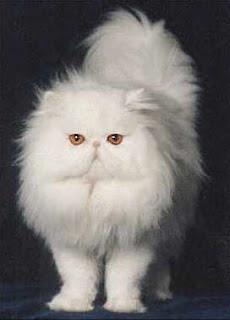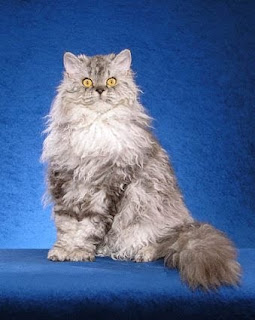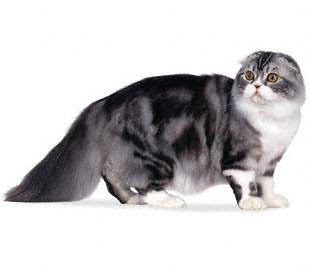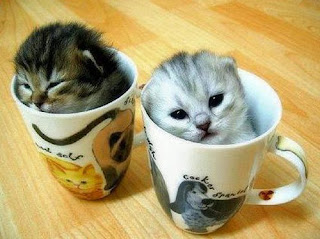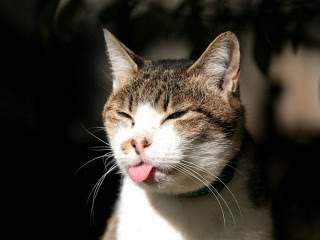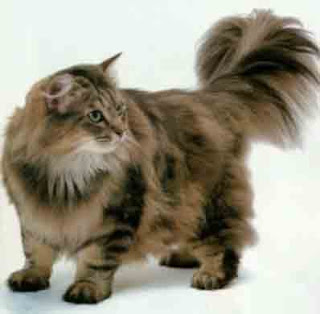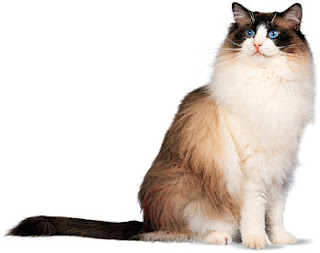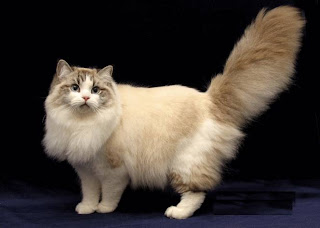
Exotic Shorthair Pet Cats
Think ‘Persian’ without the long hair. That’s the Exotic Shorthair. The first Exotic Shorthair cats were produced in the 1950s by American Shorthair breeders looking to improve the breed. They used Persian cats as outcross. At first, these short-haired ‘Persians’ were rejected by cat fanciers but by 1966, the Cat Fanciers Associated accepted this breed under the name Exotic Shorthair. Since then, other breeds were mixed into the breeding of the Exotic Shorthair, including Himalayan and British shorthair. Don’t be surprised if you see a very Persian-looking kitten in an Exotic Shorthair litter—that’s their Persian heritage peeking out. In fact, some cat associations will allow you to enter this ‘Exotic Longhair’ cat under the Persian category.
Exotic Shorthairs have a large, cobby body that’s a little low to the ground and weigh about 3.5 to 6 pounds. For more details you can see the Exotic Shorthair pictures on this page.
Exotic Shorthair cats have a loving character, funny and smart. They appear to have inherited the best character traits of both Persians and American Shorthair—as calm and gentle as a Persian but as lively and as good a mouse hunter as an American Shorthair. Their great affection and loyalty to their owners make them excellent lap cats. They are also very fastidious.
Exotic Shorthair may have been the model for the comic strip cat
Garfield.
Care and grooming Exotic Shorthair CatsCompared to the Persian cat, Exotic Shorthair, are relatively easier to maintain and groom, owing to their short hair and their ability to clean their own fur. They just need a weekly brushing and combing to remove loose hair, and prevent shedding and hairballs.
Because of its flat face shared with the Persian, the Exotic Shorthair’s eyes usually overflow with tears, which dampen and stain the face. You’ll need to wipe the cat’s face from time to time with a damp cloth, tissue or a commercial product especially made for flat-faced cats.
Health of Exotic Shorthair catLike Persian cats, Exotic Shorthair cats are prone to Feline polycystic kidney disease (PKD)—which, in developed nations can be as high as 40 to 50% in the Exotic Shorthair population. DNA detection and neutering of PKD positive cats are helpful to curb the incidence of PKD.
Several pictures exotic shorthair

Little Exotic Shorthair Cats

Face of Exotic Shorthair Cats

Cute Exotic Shorthair Cats

Appearance Exotic Shorthair Cats
combination three color
